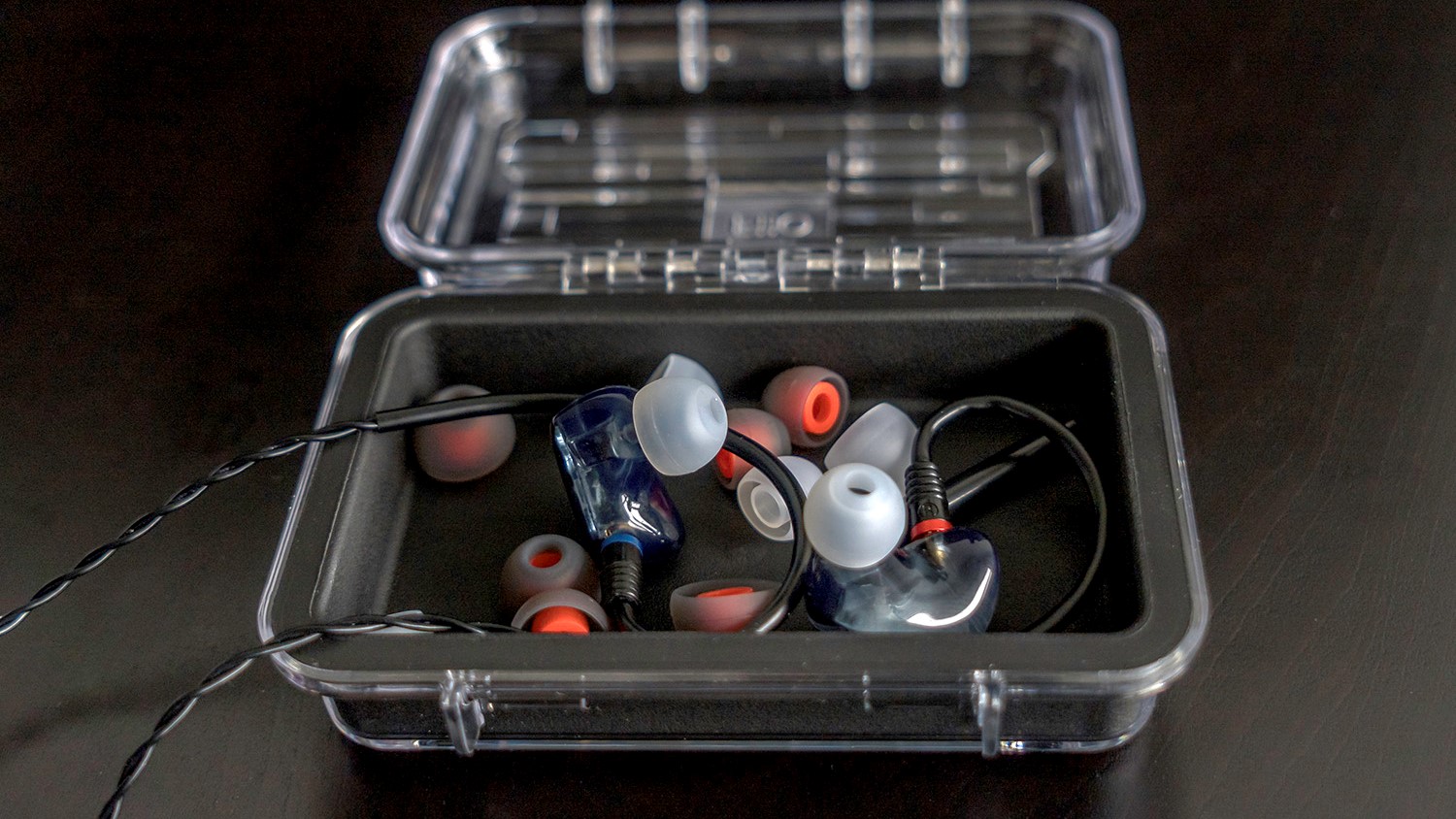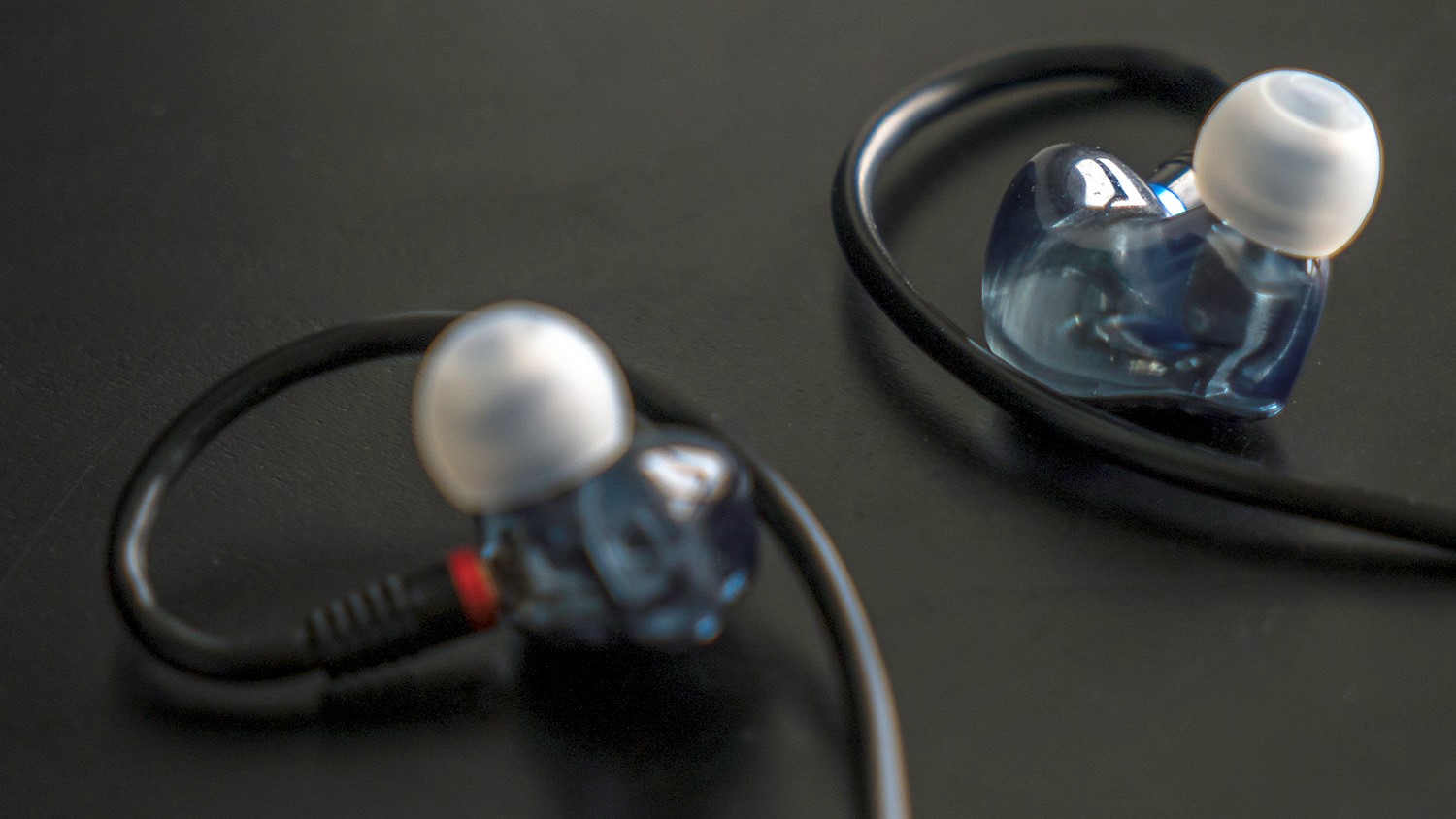TechRadar Verdict
The Fiio FA1 are a pair of affordable wired earbuds that offer balanced sound for everyone except bass lovers.
Pros
- +
Balanced sound signature
- +
Plenty of ear tips
- +
Hard carrying case
Cons
- -
Bass isn’t too deep
- -
Mids can be harsh
Why you can trust TechRadar
Fiio is a company that likes to try things with its audio products. That's especially true for the company's affordable FA1 Earphones, that offer a certain amount of modularity to them, courtesy of MMCX (micro-miniature coaxial) cables that literally plug into the cable and earpieces.
It’s not an entirely novel idea — others have done it before — but the Chinese company believes it has among the best pairs at this price point. We gave them a real listen over a couple of weeks to find out what makes these $99 (around £80, AU$140) so special.
Design
The FA1 came to us in its box already assembled, despite the manual instructing users on how to put the pieces together — not that there’s a lot to it. You match the color-coded MMCX connectors with the corresponding earpiece, and that’s it.
Those earpieces have been 3D printed on an industrial scale, which Fiio claims helps craft more precise units and better overall sound. Our review unit was the “smoke” variant, not the more colorful red and blue model with its louder color scheme. There is no functional difference between them, it’s purely aesthetic.
There’s also a reason why Knowles’ logo is on the box. The Illinois-based company has made a name for itself in micro-acoustics and audio processing, particularly with small drivers and hearing aids. Knowles co-engineered the FA1’s balanced armature drivers, which Fiio says are capable of producing sound with low 15-ohm impedance.

The cable is braided to help avoid tangling, though it does still happen, and that might explain why there’s a rubberized strap to roll them up for a reduced footprint. There are a total of six pairs of ear gel tips — three clear, three grey and red. The latter has small, medium and large, while the clearer ones are like medium, large and extra large. Fiio included the variations to offer more bass-friendly options amongst the clear tips. We’ll get to those later.
The carrying case is large enough to carry the FA1 and all the ear tips together. It’s waterproof and quite durable, so we liked that we could bring the whole enchilada with us, even if the case wasn’t always pocket-friendly (at least for pants). There’s a cleaning brush in the case, too, though we never really used it unless there was lint or debris on the earpieces themselves.
Sign up for breaking news, reviews, opinion, top tech deals, and more.

Performance
The earhook design and lightweight form factor of the earpieces themselves made the FA1 comfortable to wear for longer periods. The earhooks are also malleable, so we loosened or tightened the ring around the back of our ears as we saw fit.
Despite the very plastic build, we never felt like they were cheap. Maybe it was knowing they were 3D-printed, but Fiio managed to make something look relatively elegant, such as it was.
On the audio side, the FA1’s had a very obvious bright sound signature. Vocals and string instruments stood out because of it, and while we could say it was a balanced sound, initially, we did feel bass was lacking. Fiio seems to have treaded carefully here, choosing not to risk masking highs and mids with deeper lows. Instead, to get more low-end frequency response, you would have to make the best of the extra large ear tips.
We tried that, and found the results to be okay. Bass did improve because of the tighter seal we got from those tips, but the balance still tilted a little. It became obvious to us that Fiio engineers wanted to avoid making another run-of-the-mill set of bass-heavy wired earbuds.

When listening to Kashmir by Led Zeppelin, the guitar riffs and drums melded nicely, with a warm sound signature that classic rock fans would probably appreciate. Indeed, a lot of the rock and alternative tracks we heard on the FA1’s demonstrated similar results.
When we moved on to other genres, results were mixed. Jazz, be it classic or of the smooth variety, responded well to the earbuds. Trumpets and saxophones came alive, and vocals never felt overpowering. Good examples were Who’s That Lady? by Peter White and Smooth Sensation by Ken Navarro, but generally, lighter genres sounded good with these.
It was with those relying on more bass where things weren’t as resonant. Hip hop, R&B, EDM and even old school funk didn’t pop quite the same way. Instrumental points were good, but the low-end often sounded like it was trying to get noticed. We wouldn’t slap it with a totally negative connotation, but we’re not sure bass lovers will like the balance here. Even with the tighter seals of the clear tips, we got as much as we could out of them, save for boosting things in an EQ.

Verdict
In reality, most earbuds don’t struggle much with bass, as manufacturers look to cater to a wider audience. It’s actually the mids that get the least love, and Fiio addressed that with the FA1. While they can be a little harsh at times, an EQ on your phone or external DAC can always give you the tonal balance you’re looking for.
That’s really Fiio’s mantra with these earbuds. Offer a balanced sound signature that might not appeal to everyone, but will resonate with discerning listeners who care for it. At the price, it’s hard to complain about what’s here if you’re in that latter boat. Sound quality is nice, with an ode to pulling out detail from every track. It’s just that not enough will come from the lows.
- Don't miss our round-up of the best earbuds in 2019
Ted Kritsonis is the Freelance Tech Journalist. He is a Tech journalist contributing to a dozen publications: Globe and Mail, MobileSyrup, Futurithmic, Android Central, TechRadar, and WhatsYourTech.ca, among others.

